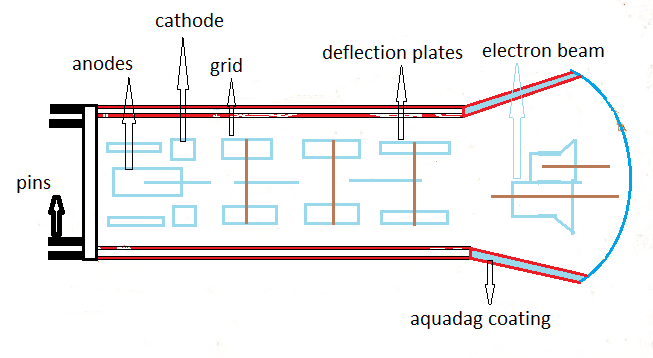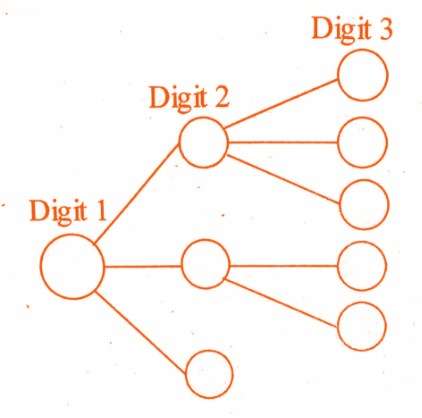Design and analysis of a crane hook is an important project in the field of mechanical CAD/CAM. A crane hook is a component used to lift heavy loads and is subjected to high stress and deformation during operation. Hence, it is crucial to design and analyze the crane hook to ensure its safety and reliability.
The design process for a crane hook involves the following steps:
- Determine the load capacity requirements: The first step in designing a crane hook is to determine the maximum load capacity required for the hook. This depends on the type of crane, the weight of the load to be lifted, and the distance between the load and the crane’s center of gravity.
- Material selection: The next step is to select a suitable material for the crane hook. The material must be strong enough to handle the load, and it should have good fatigue and corrosion resistance.
- Geometry and dimensions: The geometry and dimensions of the crane hook must be designed to ensure proper load distribution and to prevent stress concentrations. The shape of the hook is typically a U-shape, with a throat opening that allows the hook to attach to the load.
- Finite element analysis: Finite element analysis (FEA) is used to simulate the behavior of the crane hook under load conditions. This analysis helps to identify potential areas of stress concentration and deformation, which can be used to optimize the design.
- Testing: Once the design is finalized, physical testing of the crane hook is conducted to verify its load-carrying capacity and safety.
In the analysis of the crane hook, modal analysis is an important tool. Modal analysis is a technique used to determine the natural frequencies and mode shapes of a structure. By performing modal analysis on the crane hook, it is possible to identify the critical modes of vibration that could cause failure under specific load conditions. Modal analysis can also be used to optimize the design of the hook to prevent these modes of vibration.
The steps involved in performing modal analysis on a crane hook using ANSYS software are:
- Model creation: The first step is to create a 3D model of the crane hook in ANSYS. This model must include all the details of the hook geometry, including its material properties and boundary conditions.
- Meshing: The next step is to generate a mesh of the model. The mesh should be fine enough to capture the details of the hook’s geometry and stress concentration areas.
- Boundary conditions: The boundary conditions must be applied to the model. This includes the load to be applied to the hook and the constraints to be applied to the hook’s base.
- Modal analysis: Modal analysis is performed to determine the natural frequencies and mode shapes of the crane hook. The results of the modal analysis are used to identify potential areas of stress concentration and deformation.
- Optimization: Based on the results of the modal analysis, the design of the crane hook can be optimized to prevent the critical modes of vibration.
- Validation: The final step is to validate the results of the analysis by comparing them to physical testing results. If there is a difference between the analysis results and the physical testing results, the model can be adjusted to improve its accuracy.
Conclusion:
The design and analysis of a crane hook is a crucial task in ensuring the safety and reliability of lifting operations. By using CAD/CAM software such as ANSYS, it is possible to perform detailed analysis and optimize the design to prevent potential failures. Modal analysis is an important tool in the analysis of the crane hook and can be used to identify critical modes of vibration that could cause failure.




